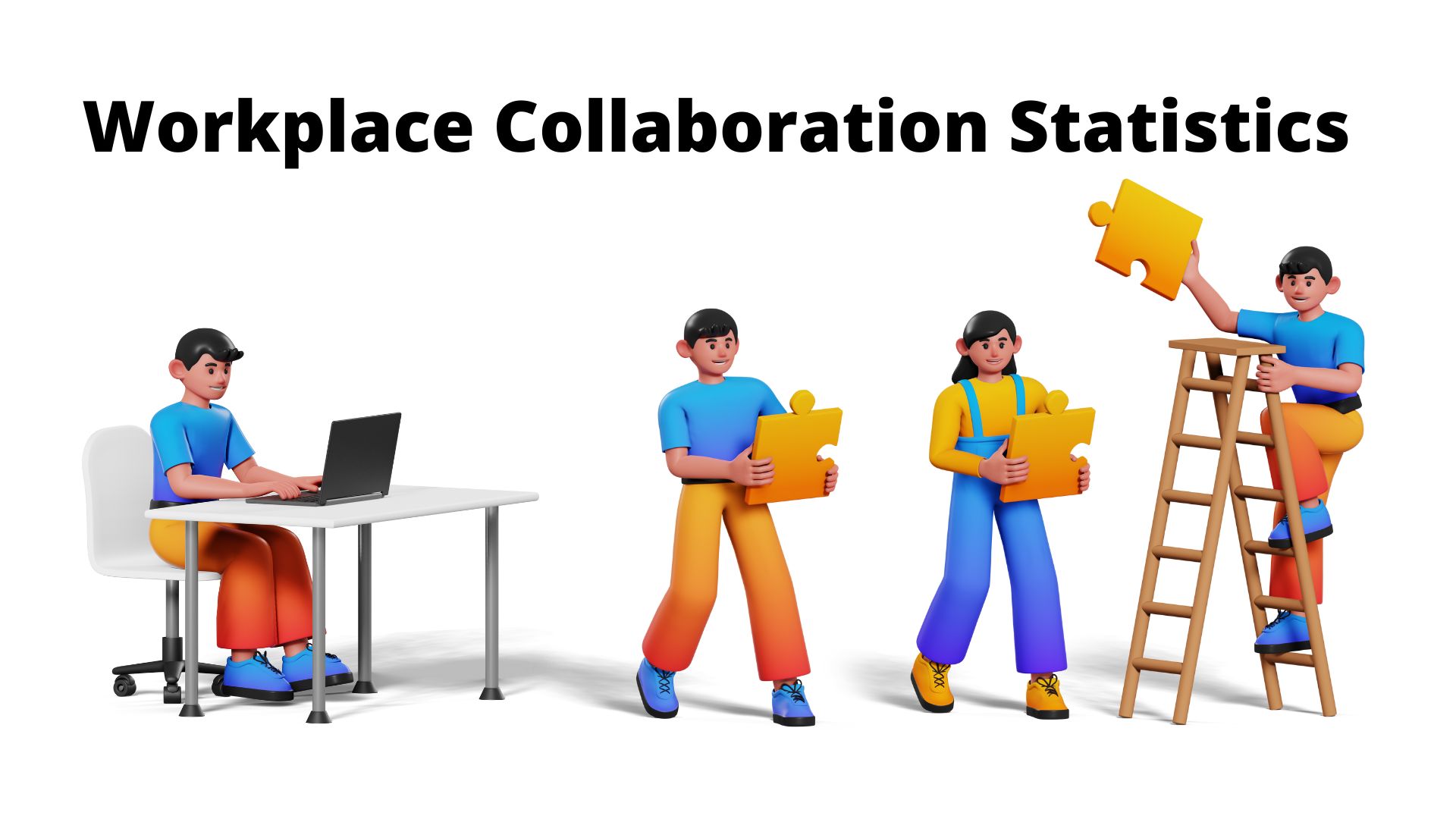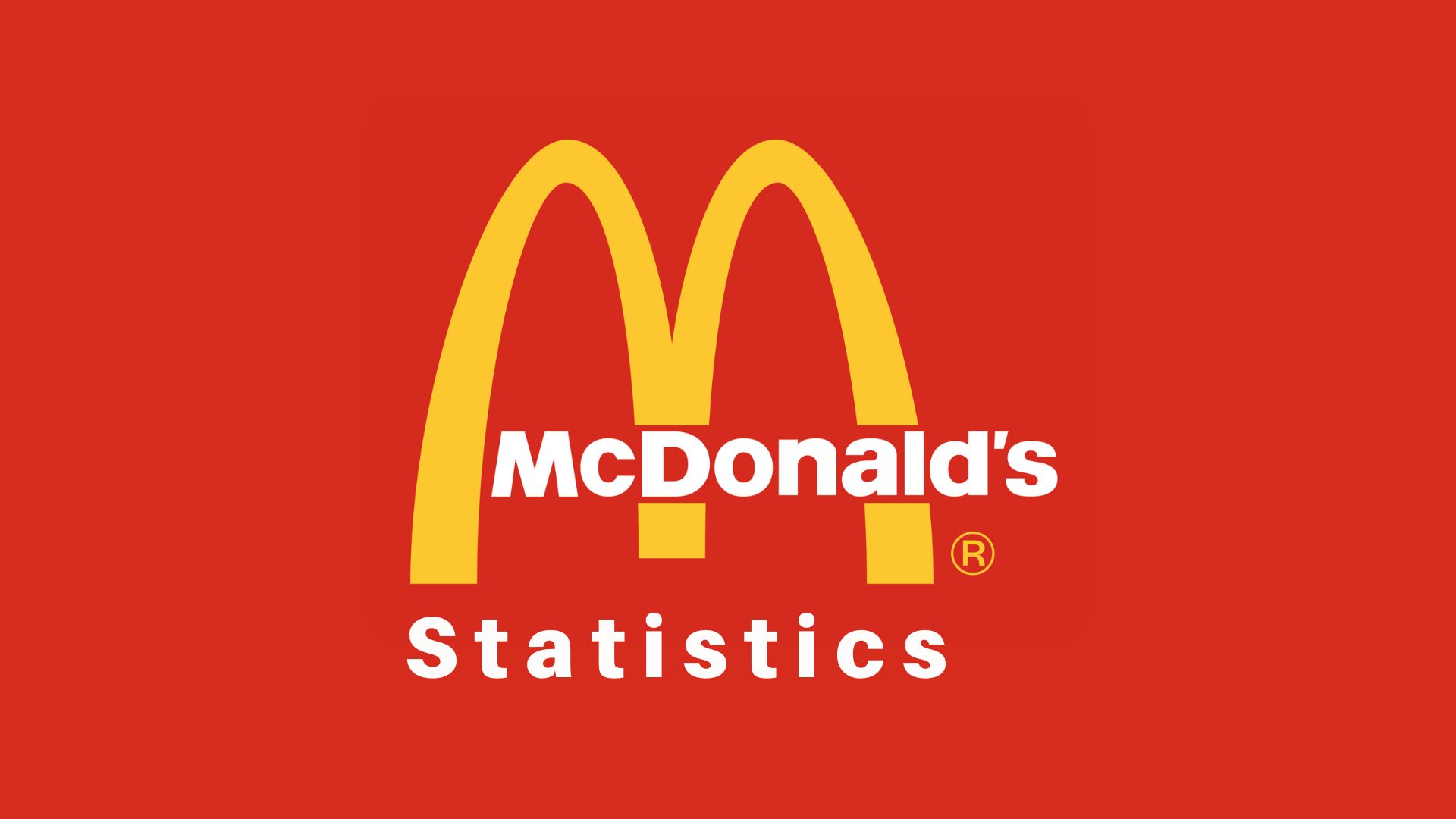A Sales View of The Inside
Knowing how your products are selling can be a lot like waiting for results
on election night. Exit polls can indicate general trends, but you won't
know exactly how many votes you got until all precincts have reported.
In a similar vein, companies can get an idea of sales trends from their
in-house sales force, but don't really get the full picture until their
indirect channels report sales.
Salesforce.com is about to offer a
partner relationship management (PRM) solution meant to address this issue.
Partnerforce will provide vendors that have indirect sales forces
with a centralized set of dashboards allowing executives to see sales from
indirect channels on the same interface as sales from their in-house sales
force.
This more holistic view of sales can help drive decisions on
inventory levels and future orders to partners.
While the vendor gets a centralized dashboard that resembles a CRM solution,
the channel partners see a portal, customized with the vendor's
branding, where they can log on, register sales and get information they
may need to improve their performance.
That performance has supply chain
and sales implications for the vendor.
Elay Cohen, a product manager at Salesforce.com, said the channel
partner's view of the portal is critical to adoption and, ultimately, the
success of the product.
“The partner doesn't work for you, so you need to give them the right
incentives to come back and register deals and provide customer data,” he told
internetnews.com. It's
critical because that information rolls up into the forecast.
Denis Pombriant, managing principal at Stoughton, Mass.-based Beagle
Research, agreed that this is a key feature of the product, noting that
indirect channels are becoming more prevalent than direct sales in many
sectors, including technology.
“If you're going to build product profitably, you've got to alert your
supply chain to the data from the indirect channel, because the indirect
channel knows where the deals are.”
Pombriant told internetnews.com that PRM is one of the few remaining
green fields available in the technology arena, and it holds great promise
because of the potential for improving margins.
“Companies that want to drive down the cost of sales are looking to drive
sales through the indirect channel,” he said.
As with CRM, though, most small and medium sized businesses (SMBs) are
underserved by current offerings, because they cannot afford on-premise PRM
solutions from vendors such as SAP and Oracle
(through Siebel).
Liz Herbert, an analyst with Forrester Research,
said that on-demand PRM solutions will help SMBs, “increase visibility and
improve their ability to forecast.”
“Companies can use this strategically to plan their inventory, and get more
information about up-sell and cross-sell opportunities,” she told
internetnews.com.
However, she expressed reservations about certain aspects of the initial
version of the offering.
The portal seen by the channel partners does not show them
information for all the other vendors with whom they work, and that makes
the solution less attractive to them, she said. Another drawback is that vendors will have to get trained on how to set permissions for what information channel
partners can and cannot see.
Typically, she said, people who administer on-demand products are not IT
experts, and aren't necessarily well-versed in administering rules and
access rights.
“They'll need to find a way to address this and make sure the right people
are in charge of those decisions.”

Michael Singer is a career coach, podcast host, and author to help you step into a career you're excited about. Currently, He is a coach and trainer helping entrepreneurs and executives achieve business and leadership success. He is also an award-winning business journalist focused on the intersection of technology, Big Data, Cloud, SaaS, SAP, and other trending technology.



